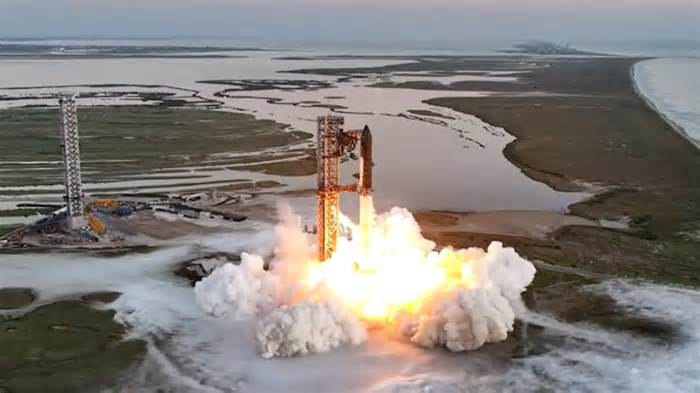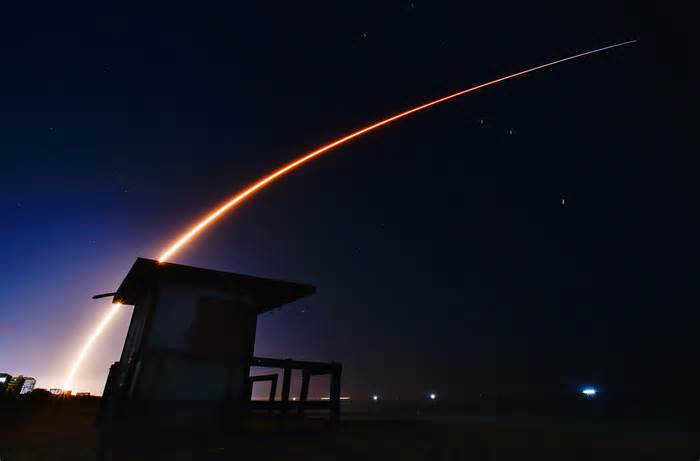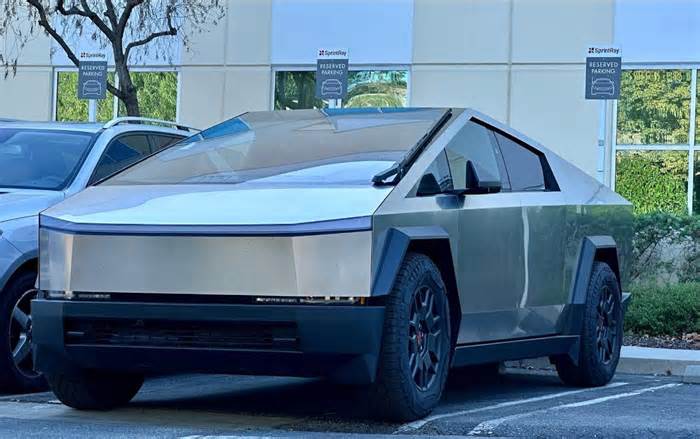
The SpaceX Starship is so loud, it may kill birds
- by Popular Science
- Nov 19, 2024
- 0 Comments
- 0 Likes Flag 0 Of 5

Posted 4 Hours Ago
Starship's fifth test flight generated 125 decibels of sound as much as six miles away. Credit: SpaceX
Share
Last month’s SpaceX Starship test launch marked another milestone for the world’s largest and most powerful rocket. On October 13th, the launch and catch tower’s “chopstick arms” successfully recaptured the Super Heavy booster stage during its landing, an achievement SpaceX described as “fundamental” to its “fully and rapidly reusable design.” But additional data collected during the vehicle’s fifth flight indicates Starship may be even more damaging to local communities and wildlife than critics previously feared.
According to datasets published on November 15th in JASA Express Letters, the 30-story-tall Starship’s 33 engines generate anywhere between 105 and 125 decibels during its liftoff and landing. As The New York Times explained on Tuesday, another study authored by consultants hired by the nearby town of Port Isabel, Texas, additionally noted a peak sound pressure level of 144.6 decibels. Such events also include sonic booms powerful enough to potentially cause structural damage to buildings.
But researchers didn’t record those sound levels directly adjacent to SpaceX’s Starbase facility. Kent Gee, Brigham Young University Provo’s chair of physics and astronomy, detected many of them roughly six miles away in Port Isabel.
“This is the largest rocket ever built. It would stand to reason that it would [also] be the loudest rocket ever built,” Gee tells Popular Science.
Gee stresses that although researchers often measure audible noise using decibel levels, there exists no single metric for sound. For practical purposes, however, he believes it’s best to assess Starship’s loudness by comparing it to other understandable quantities. On the quieter end, Gee says Starship’s liftoff may sound similar to an average rock concert or a chainsaw. At its loudest—during the first stage booster’s landing approximately 6.5 minutes later—according to one study, that din is equivalent to hearing a close range gunshot, sustained over a longer period of time.
Get the Popular Science newsletter
Breakthroughs, discoveries, and DIY tips sent every weekday.
Email address
Please first to comment
Related Post
Stay Connected
Tweets by elonmuskTo get the latest tweets please make sure you are logged in on X on this browser.
Sponsored
Popular Post
Middle-Aged Dentist Bought a Tesla Cybertruck, Now He Gets All the Attention He Wanted
32 ViewsNov 23 ,2024
Tesla: Buy This Dip, Energy Growth And Margin Recovery Are Vastly Underappreciated
28 ViewsJul 29 ,2024






 Energy
Energy



















